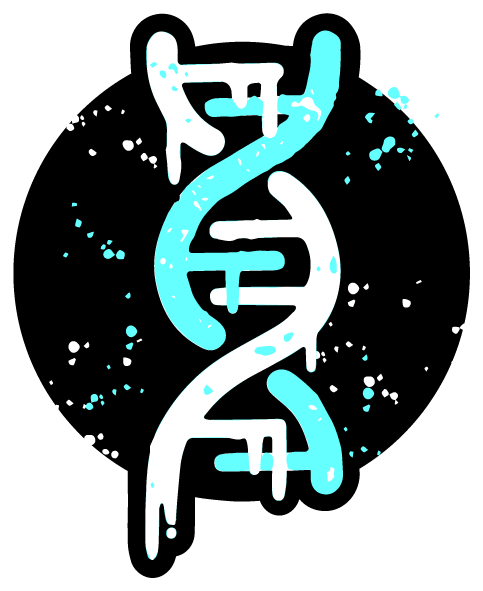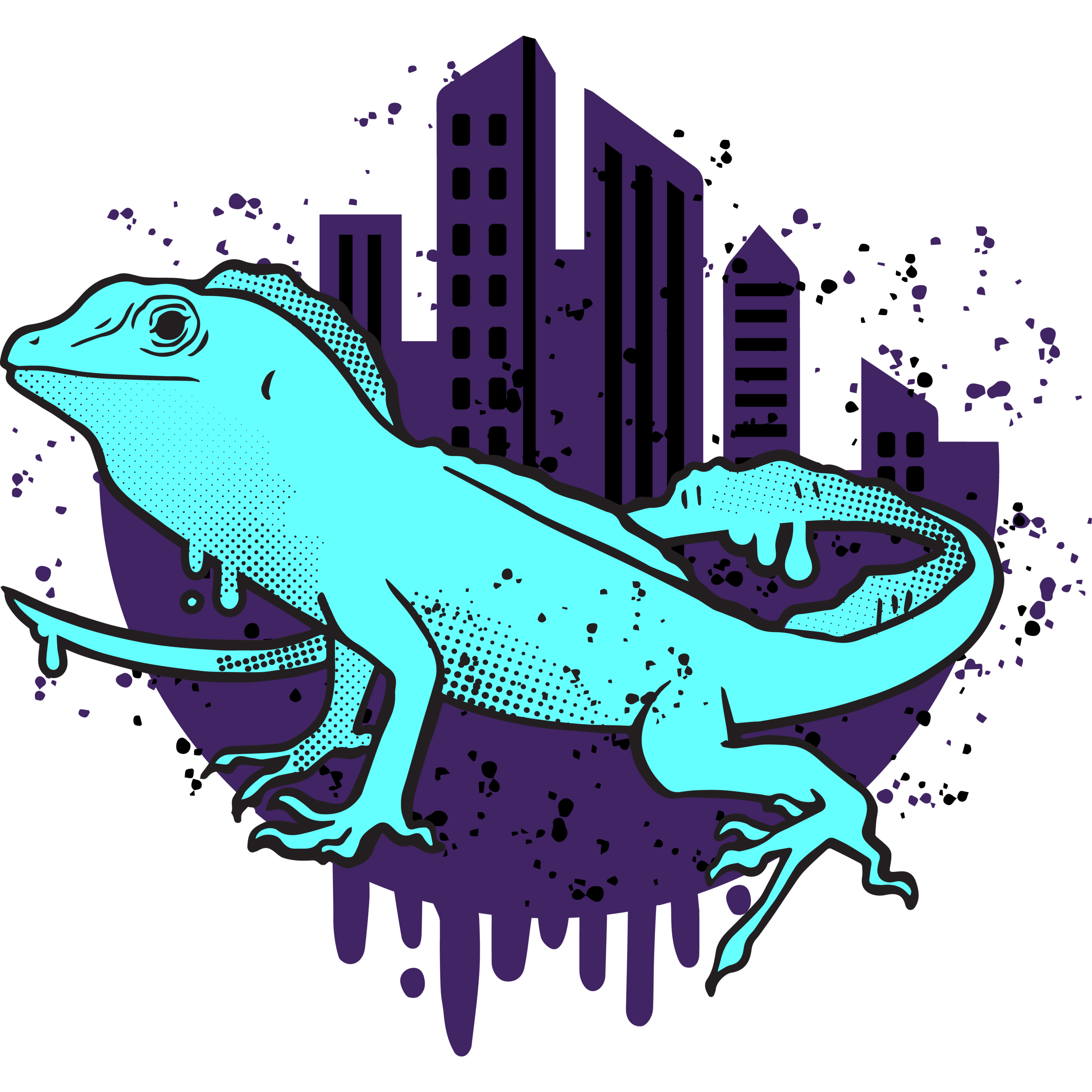Featured Project
When hunting drives evolution
In Gorongosa National Park, the oldest elephants are the lone survivors of the Mozambican Civil War, which lasted 15 years and killed about 90% of the large mammal species. Elephants were killed for their tusks, which could be sold as ivory to finance weapons.














